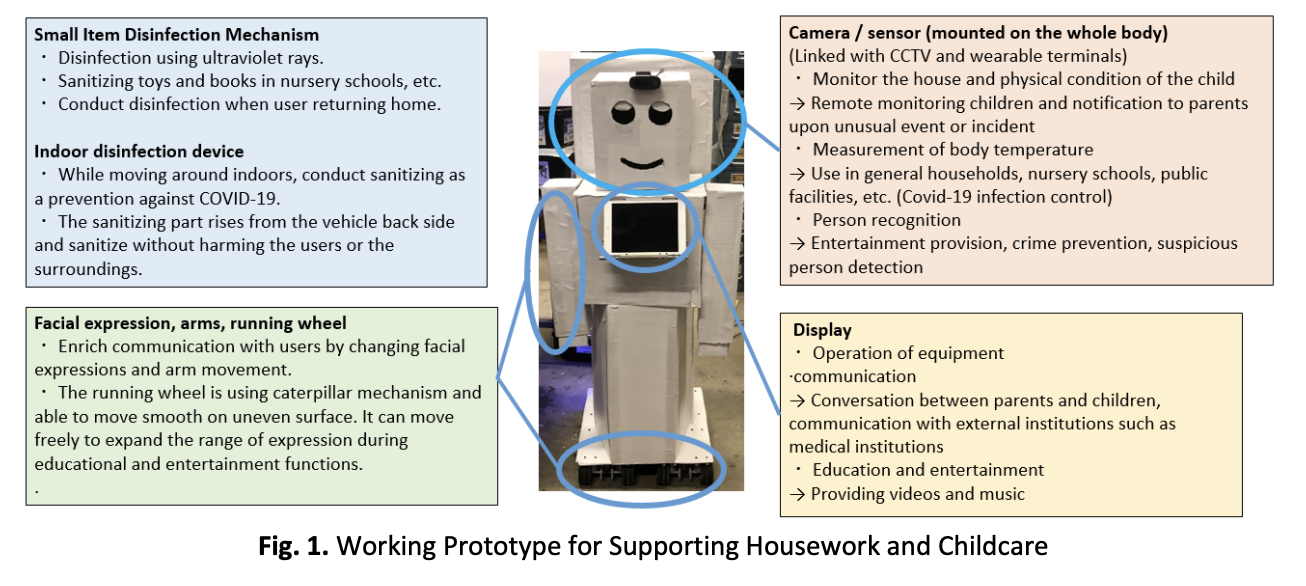A Quantitative Evaluation Method for Identifying Essential Latent Needs and its Verification by Designing Autonomous Childcare Vehicle
Keywords:
Latent needs, innovative design, product development, prototyping, customer requirementAbstract
In the product development process, it is important to understand latent needs and reflect them in product functionality, Still, there is a lack of support methods by quantitative analysis to obtain latent needs from consumer needs. In this study, the author proposed, applied, and validated the application of a method to identify important latent needs from a vast amount of needs by eliciting them from the three perspectives of importance, latent-ness, and technological feasibility. The consumers’ responses were first translated into interpreted needs and then rated according to a basis of rating for importance, latent-ness, and technological feasibility by ten evaluators. The Degree of Latent Needs (DLN) was calculated by the three metrics. Based on the result for the average and variance of EDLN for each evaluator which is sufficiently small, it indicates that the basis of rating for importance, latent-ness, and technological feasibility in the DLN is effective. The results for the DLN ranking also indicate that the 20 highest DLN points of the interpreted needs contain attractive features in terms of design. On the other hand, we had gotten some pushback on the average of each interpreted need (ADLN) and its variance which indicates opposing opinions among evaluators. As it is possible that attractive needs are hidden and may lead to the discovery of latent needs through individual pinpoint interviews, the interviews with the minority evaluators were conducted. The interview results indicate that the important latent needs with low DLN rates might be able to discover by conducting follow-up interviews such as “The device is able to recognize items (food or not) that a child wants to put in the mouth” and “The device is able to provide human touch and warmth while changing the diaper”.










